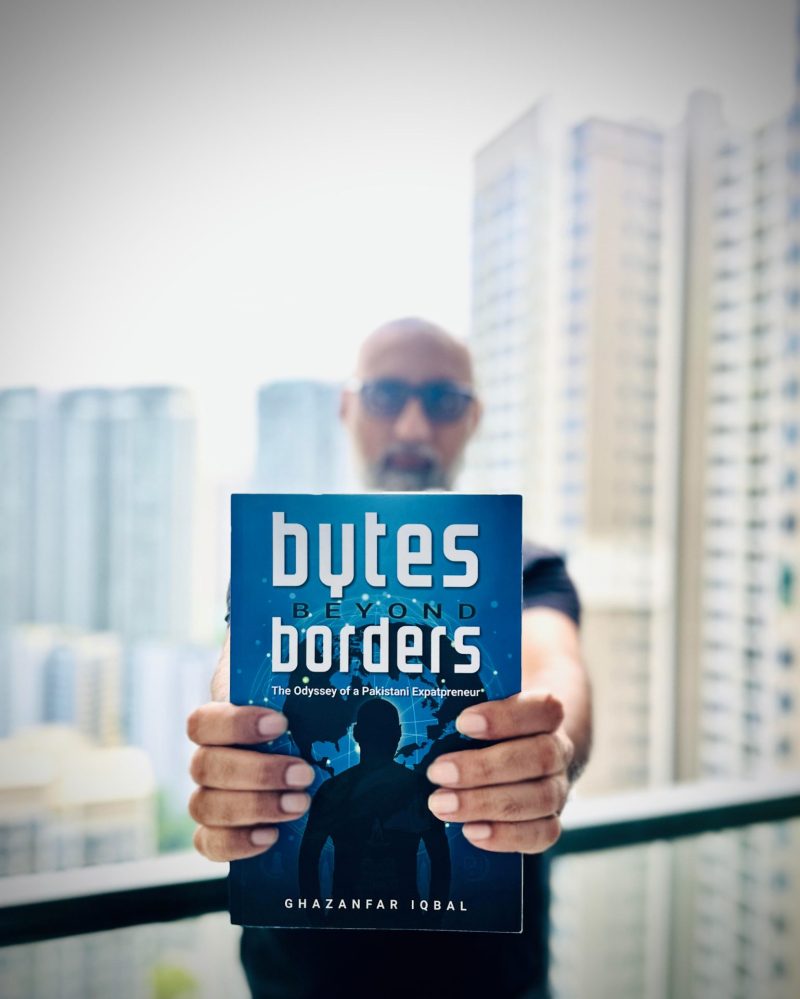Types of Nonfiction: A Comprehensive Guide for Writers
As nonfiction writers, we know that our world is vast and diverse, encompassing a wide range of styles and genres that cater to various purposes and audiences.
In this article, we’ll dive into the various types of nonfiction you could focus on, exploring everything from literary nonfiction and journalism to academic writing and creative nonfiction.
We’ll also offer some tips for choosing the right type of nonfiction for your writing project, as well as techniques for adapting your writing style to suit different nonfiction genres.
Our goal is to provide you with a comprehensive and insightful overview of the nonfiction landscape so you can make more informed decisions about your writing projects and better connect with your readers.
Let’s begin!
Types of Nonfiction
Since the world of nonfiction is very vast, in this article we’re going to focus on the five most popular categories of nonfiction writing:
1. Literary Nonfiction
Biography
A biography tells the life story of a real person. This type of nonfiction delves into the subject’s experiences, accomplishments, and personal growth.
Biographies can be about famous figures, like Abraham Lincoln, or ordinary people who have a remarkable story to share.
Memoir
A memoir is a personal account of a specific period or aspect of the author’s life.
It’s more focused than a biography and often explores themes like love, loss, and personal transformation.
Personal Essay
Personal essays are short, reflective pieces that discuss the author’s thoughts and feelings about a particular subject or experience.
They’re less formal than academic essays and can cover a wide range of topics.
Travel Writing
This genre is all about the author’s experiences exploring new places.
From vivid descriptions of landscapes to cultural insights, travel writing aims to transport readers to the destination.
2. Journalism
News Articles
News articles are factual, timely reports on current events. They’re typically written in an objective style and follow the “inverted pyramid” structure — starting with the most important details and ending with the least.
Feature Stories
Feature stories are longer, more in-depth articles that explore a specific topic or person.
They often include personal anecdotes, interviews, and background information to provide a well-rounded perspective.
Investigative Reporting
This type of journalism uncovers hidden truths through extensive research, interviews, and analysis.
Investigative reporters delve deep into issues like corruption, social injustices, and environmental concerns.
Opinion and Editorial Writing
Opinion pieces express the author’s viewpoint on a specific issue, while editorials represent the official stance of a publication. Both aim to persuade readers with compelling arguments and evidence.
3. Academic Writing
Research Papers
Research papers present the results of a study or investigation. They’re structured, formal, and follow specific guidelines for citation and formatting.
Case Studies
Case studies examine a particular situation or problem in detail, often focusing on real-life examples. They’re used to illustrate theories, analyze solutions, and draw conclusions.
Reviews and Critiques
These types of nonfiction analyze and evaluate the work of others, such as books, articles, or academic research.
They require a deep understanding of the subject matter and the ability to express opinions clearly and concisely.
4. Practical Nonfiction

How-to Guides
How-to guides are instructional materials that teach readers how to accomplish a specific task or develop a certain skill.
They break down complex processes into manageable steps, making it easy for readers to follow along.
Self-help Books
Self-help books aim to inspire and motivate readers to improve their lives. They often focus on topics like personal growth, mental health, and relationships.
Instruction Manuals
These practical guides provide detailed instructions for using a product or service. They’re essential for helping users get the most out of their purchase.
5. Creative Nonfiction
Narrative Nonfiction
This genre tells true stories using storytelling techniques typically found in fiction, like strong characters, engaging dialogue, and vivid descriptions.
Historical Fiction
Historical fiction blends fact and fiction to create engaging stories set in the past.
While the main storyline might be fictional, the backdrop, historical events, and some characters are often based on real history.
True Crime
True crime is a subgenre of narrative nonfiction that explores real-life criminal cases, often with a focus on the psychology of the perpetrators and the impact on victims.
Tips for Choosing the Right Nonfiction Type
Understand your purpose and goals: Before diving into a project, clarify what you want to achieve with your writing.
Do you want to inform, entertain, or persuade? Your goals will help guide your choice of nonfiction type.
Consider your target audience: Who are you writing for? Knowing your audience will help you choose a style that resonates with them and keeps them engaged.
Assess your strengths and weaknesses as a writer: Reflect on your writing skills and interests.
Choose a type of nonfiction that aligns with your strengths and provides opportunities for growth.
Research the market and competition: Before committing to a project, explore the existing market for similar works. This will help you identify gaps and opportunities for your writing.
Writing in Different Nonfiction Styles
Each type of nonfiction requires a different writing voice. For example, journalism calls for objectivity, while personal essays demand introspection.
Here are some tips to help you experiment with different voices and find the one that suits your project best:
- Read widely: Familiarize yourself with various nonfiction styles by reading works from different genres. Observe the writing voice used in each piece and consider how it contributes to the overall effect of the text.
- Practice writing in different voices: Try writing short pieces in various nonfiction styles, focusing on adapting your voice to match the genre. Reflect on how your writing changes as you switch between styles and what aspects of each voice resonate with you.
- Seek feedback: Share your writing with others and ask for feedback on your writing voice. Listening to different perspectives can help you refine your voice and better understand the nuances of each style.
Researching and citing sources
Nonfiction relies on accurate information. Make sure to research your topic thoroughly and cite your sources properly. Here are some tips for effective research and citation:
- Use reputable sources: Always rely on credible sources for your information, such as academic journals, established news outlets, or expert-authored books. This ensures that your writing is well-informed and trustworthy.
- Organize your research: Keep track of your sources and the information they provide. This will make it easier to cite them accurately and create a strong foundation for your writing.
- Cite your sources properly: Follow the appropriate citation style for your genre or publication, such as APA, MLA, or Chicago Manual of Style.
Balancing facts and storytelling
While nonfiction must be rooted in truth, engaging storytelling is essential to keep your readers interested. Strive for a balance between presenting facts and crafting a compelling narrative.
Consider these tips:
- Choose the right structure: Different nonfiction styles may require different narrative structures. For example, a journalistic piece might follow an inverted pyramid structure, while a memoir could be more chronological. Select the structure that best serves your story and the information you want to convey.
- Incorporate anecdotes and personal experiences: Adding personal stories or anecdotes can make your writing more engaging and relatable. Use them strategically to support your main points and bring your narrative to life.
- Use descriptive language: Enhance your storytelling by using vivid language and sensory details. This will help create a more immersive experience for your readers.
Engaging the reader through a conversational tone
Your writing should feel like a conversation between you and your reader. Use a personable and relatable tone, as well as varied sentence structures, to create a more enjoyable reading experience.
Here’s how:
- Write as if you’re speaking: Imagine that you’re talking to a friend or colleague about your topic. This can help you find a natural, conversational tone that will resonate with your readers.
- Use contractions and colloquial language: Incorporate contractions and informal language to make your writing feel more approachable and friendly. Just be careful not to overdo it, as excessive informality can detract from your credibility.
- Vary your sentence structure: Mix up short and long sentences, and use a variety of sentence structures to keep your writing fresh and engaging. This can help prevent your writing from feeling monotonous or robotic.
By applying these techniques to your nonfiction writing, you’ll be well on your way to crafting captivating and effective pieces that resonate with your readers, regardless of the style or genre you choose to explore.
In Conclusion
As you explore and experiment with different nonfiction styles, you’ll not only grow as a writer but also discover your unique voice and niche in the literary world.
Also, remember that nonfiction writing is all about connecting with your readers, sharing valuable insights, and telling compelling stories rooted in truth.
So, as you embark on your nonfiction writing journey, don’t be afraid to step out of your comfort zone and try new genres or styles. Each type of nonfiction offers its own set of challenges and rewards, and you never know which one will unlock your full potential as a writer.
Keep learning, stay curious, and most importantly, enjoy the process of discovering your place in the vast and inspiring world of nonfiction writing!
Best of luck!

Harry Wallett is the Managing Director of Cascadia Author Services. He has a decade of experience as the Founder and Managing Director of Relay Publishing, which has sold over 3 million copies of books in all genres for its authors, and looks after a team of 50+ industry professionals working across the world.
Harry is inspired by the process of book creation and is passionate about the stories and characters behind the prose. He loves working with the writers and has shepherded 1000s of titles to publication over the years. He knows first-hand what it takes to not only create an unputdownable book, but also how to get it into the hands of the right readers for success.
Books are still one of the most powerful mediums to communicate ideas and establish indisputable authority in a field, boosting your reach and stature. But publishing isn’t a quick and easy process—nor should it be, or everyone would do it!








Leave a Reply